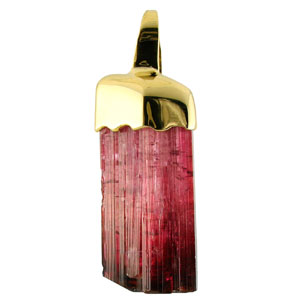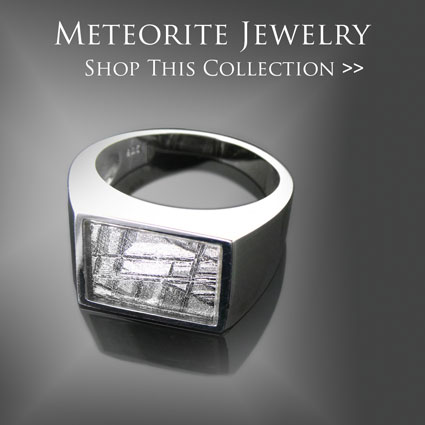What is a Tourmaline?
Wednesday, September 8, 2010 1:38:53 PM America/Los_Angeles

Found in such varied locations as Sri Lanka, Siberia, and California, tourmalines are a family of gemstones noted for their variety of colors. They exist in hot pink shades known as rubellite, deep blue shades called indicolite, and numerous other tints of greens and blue-greens. Some of the most desirable gemstones in the world are the electric turquoise blue gems known as paraiba tourmalines, which are mined in Brazil. Occasionally two or more colors will exist in the same tourmaline crystal, often referred to as bi-color or watermelon tourmalines. Gems that show two distinct color differences are particularly prized.
Tourmalines have greatly varied clarities. Large virtually clean gems can be found in the blue and green colors, while practically all red or pink tourmalines will have inclusions visible to the eye. Bi-color tourmalines also generally have inclusions. The variations in color and clarity are determined by the pressures and the mineral content in the host rock when the crystals formed.
Tourmalines have a very unusual physical property. When warmed, one end of the crystal will become positively charged and the other end will be negatively charged. When struck together many crystals such as quartz or tourmaline will produce flashes of electric light. In the 18th century large quantities of tourmalines were brought to England to satisfy the demand to show off this curious property. The Ute Indians from central Colorado also used crystals in rattles that produced flashes of light which they used to call the spirits in their religious ceremonies.
Metaphysically, tourmalines are thought to enhance psychic energy, dispel fear, and relieve anxiety. Bi color tourmalines are also thought to help one recover from emotional problems.
You must be logged in to post a comment.
click here to log in




